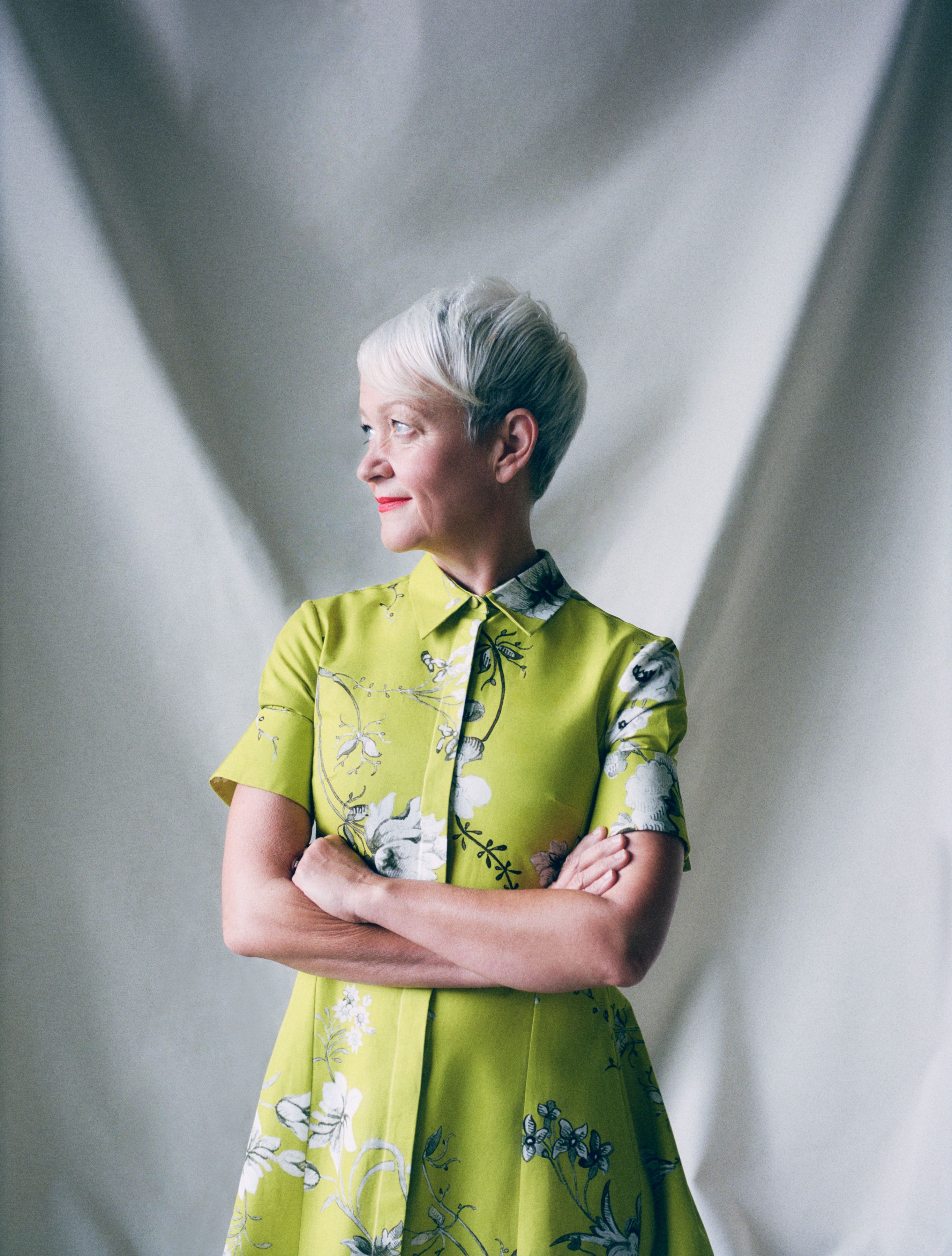The Turner Prize 2025 has been awarded to Nnena Kalu. The winner of the £25,000 prize was announced this evening at a ceremony at Bradford Grammar School presented by magician Steven Frayne, formerly known as Dynamo, in Bradford, this year’s UK City of Culture, and broadcast live on BBC News.
Jeff Koons' Broken Balloon Dog and Other Short Stories
The broken Jeff Koons "Balloon Dog" was probably an accident, but our response to it highlights a love affair with disruptive artists.

Art world media was recently overflowing with news of a - relatively minor - mishap during Art Wynwood in Miami. During the opening night of the fair, an unnamed “collector” accidentally nudged into a blue balloon dog by Jeff Koons. An 1/799 - now 798 - edition piece. Insured, as the gallery was quick to point out, and probably in all respects an accident, the incident sparked a wonderfully lively myriad of speculation. Was it an accident? Some (not to be named persons) suggested it was the gallery itself responsible for the incident, especially since they were so vocal about the insurance, others claimed it was a collector who owned pieces from the series, wishing to make it more “limited”. Better still - and my personal favourite - is the claim in the form of an art piece by Kenny Schachter that jokingly insinuated it was Koons himself.
Although likely an accident that probably came down to the gallery not taking the appropriate measures to secure the roughly $40,000 piece, the discussions that surrounded the mishap made me want to revisit other actual PR stunts that indeed were part of a larger strategy or simply eccentric curiosities that attracted further attention still to some of the biggest named artists in the industry.
Famously, or perhaps infamously, in 1992 “Shock Horror Art” took the UK by storm with the Saatchi Gallery exhibition of young UK artists and their latest creations. Namely Damien Hirst burst onto the scene when his work was included in the Young British Artists show at the Saatchi Gallery in London.
His taxidermy filled formaldehyde tanks featuring sliced open farm animals as well as an impressive 14-foot-long glass tank holding a tiger shark preserved in formaldehyde titled “The Physical Impossibility of Death in the Mind of the Living” . Originally commissioned in 1991 and sold in 2004 for an undisclosed amount (rumoured to be $8 million), Hirst’s shark came to represent the epitome of British art in the 1990s. Praised by the New York Times for creating a “visceral experience” of life and death, the piece was also mocked and criticised by British newspapers calling it, “£50,000 for fish without chips.” ( 2012).

Later, in 2007, Hirst grabbed the attention of fans and critics alike when he created “For the Love of God,” a diamond-encrusted skull made of platinum. The asking price for the piece was £50 million. Although alternate sources reported it sold to an unnamed consortium of investors for £100 million.
The sculpture, made by Hirst for a staggering £14 million, consists of a platinum cast of a human skull, real human teeth and 8,601 flawless pavé-laid diamonds. While it’s still disputed whether or not Hirst was able to sell the piece for the full £50 million asking price, if he indeed had, it would be the most expensive single piece of artwork ever sold by a living artist. (The Guardian, 2010)

Whilst these are both examples of, let’s say, extravagance, they do fit perfectly within the artists themes, of Life, Death and Money. Which is an ongoing topic in all of the artists work. To this day, Hirst relishes pushing the boundaries, both because he seems to enjoy the controversy as well as simply exploring these topics through his art.
In my personal opinion, one of the most interesting NFT projects, is the HENI project with Hirst, where collectors purchased both an NFT and a physical piece, but then had to select which piece they would keep and which would be destroyed, burnt out of the blockchain or the physical pieces incinerated in a furnace, which he filmed and posted on his Instagram for all to see.
Perhaps more commonly known are the stunts that helped bring such widespread fame to the street artist Banksy. One of his first steps into the fine art world included an act of “anti-theft”, which saw him placing his own artwork into the Tate Britain.
On October 17, 2003, Banksy entered the museum disguised as a pensioner and stuck one of his own creations in a vacant slot on one of the gallery’s walls. After a few hours the painting, “Crimewatch UK Has Ruined the Countryside For All of Us”, crashed to the floor and the stunt was discovered.
“To actually go through the process of having a painting selected must be quite boring. It’s a lot more fun to go and put your own one up. It’s all about cutting out the middleman, or the curator in the case of the Tate.”

“I’m kinda into the message that vandalising a painting with police tape is how a lot of people see the world these days. People don’t actually see the world with Constable’s eyes with hay and rivers any more. The amount of paranoia and fear about violent crime and paedophilia makes mine a more accurate drawing of the English landscape we actually live in.” - Banksy
A caption glued next to the painting read: “This new acquisition is a beautiful example of the neo post-idiotic style. Little is known about Banksy whose work is inspired by cannabis resin and daytime television.”
In October 11, 2018, Banksy subsequently executed perhaps one of the most famous “stunts”, and one that happened live in front of everyone’s eyes at a Sotheby's auction, seconds after the hammer came down on the sale was the self-destruction of one of his paintings, “Girl with a Balloon”.
Apparently planned years before, Banksy revealed, in a creative video posted to his Instagram page, that showed the behind the scenes and making of this very piece. The video illustrated how he secretly built a shredder into a painting so it would self-destruct moments after being sold for more than £1m.
Banksy’s video begins with the caption: “A few years ago, I secretly built a shredder into a painting...in case it was ever put up for auction.”
The anonymous street artist posted a video on Instagram showing “Girl with a Balloon” being sliced into strips at a Sotheby’s auction supporting the stunt with a quote from Picasso: “The urge to destroy is also a creative urge.”
The partially shredded Banksy painting later sold for £18,582,000 at auction in London. The artwork, now called “Love is in the Bin”, was sold by auction house Sotheby’s, who cited the fee as a record for the street artist.

Somewhat ironically creating much larger interest in the work, and perhaps his work in general. But this is a great example as to why art work, in particular of this calibre, is highly desirable. To me, and many collectors, art lovers and art historians, art is in fact not merely a decadent appreciating asset (although it often can be), instead truly historically valuable art is about immortalising a moment in time. This is what Banksy achieved with his actions during the auction. Creating a piece that combined street art, fine art and perhaps a bit of performance art, all whilst having a laugh at the “morons” that buy his art, that he so lovingly pokes fun at.

This may seem to some, like a new phenomenon, but it has been happening for some time. After all, what is an artist if not a rule breaker, and the media and general public love to read about the latest escapades of an eccentric artist.
In 1953, the 27-year old Robert Rauschenberg persuaded Willem De Kooning, a highly respected Abstract Expressionist, to hand over one of his works for Rauschenberg to destroy. Unsurprisingly, De Kooning took some persuading, but eventually let the younger artist choose something off the studio floor. Rauschenberg chose a pencil and ink sketch – and set about rubbing it out.


The finished work, “Erased De Kooning Drawing”, asks whether we can ‘make’ art through a process of ‘unmaking’. I am not sure whether or not you will think this artwork will answer that question.

But, instead of that query, consider this. When you see the next banana stuck to the wall (Maurizio Catellan), or ripped off and eaten (by David Datuna), or better yet, when you think about Marcel Duchamp's ground-breaking found art piece “The Fountain”, submitted to the Society of Independent Artists for exhibition at the Grand Central Palace in New York (as the fee he paid was meant to guarantee him an exhibition placement), consider that this is more than a stunt. Instead ask, why do artists push the boundaries in such ways, it is simple; whether you love it or hate it, it works, and it creates memorable bookmarks in the often overwhelming vastness covered in art history books.

By Jonathan Fakinos
Tate has announced that Maria Balshaw will step down as Director in spring 2026, bringing to a close a nine-year tenure that has reshaped the institution’s public-facing mission, programming, and long-term strategy. Appointed in 2017, Balshaw leaves Tate at a moment of institutional stability, with major capital projects underway and a strengthened financial framework in place.
At a time when the art world chases spectacle, some pursue a more discreet—and far more meaningful—collecting mission. ARTCOLLECTORNEWS spoke with Irene Y. Panagopoulos, the vision behind the IYP Collection, as she opens her new public space.



